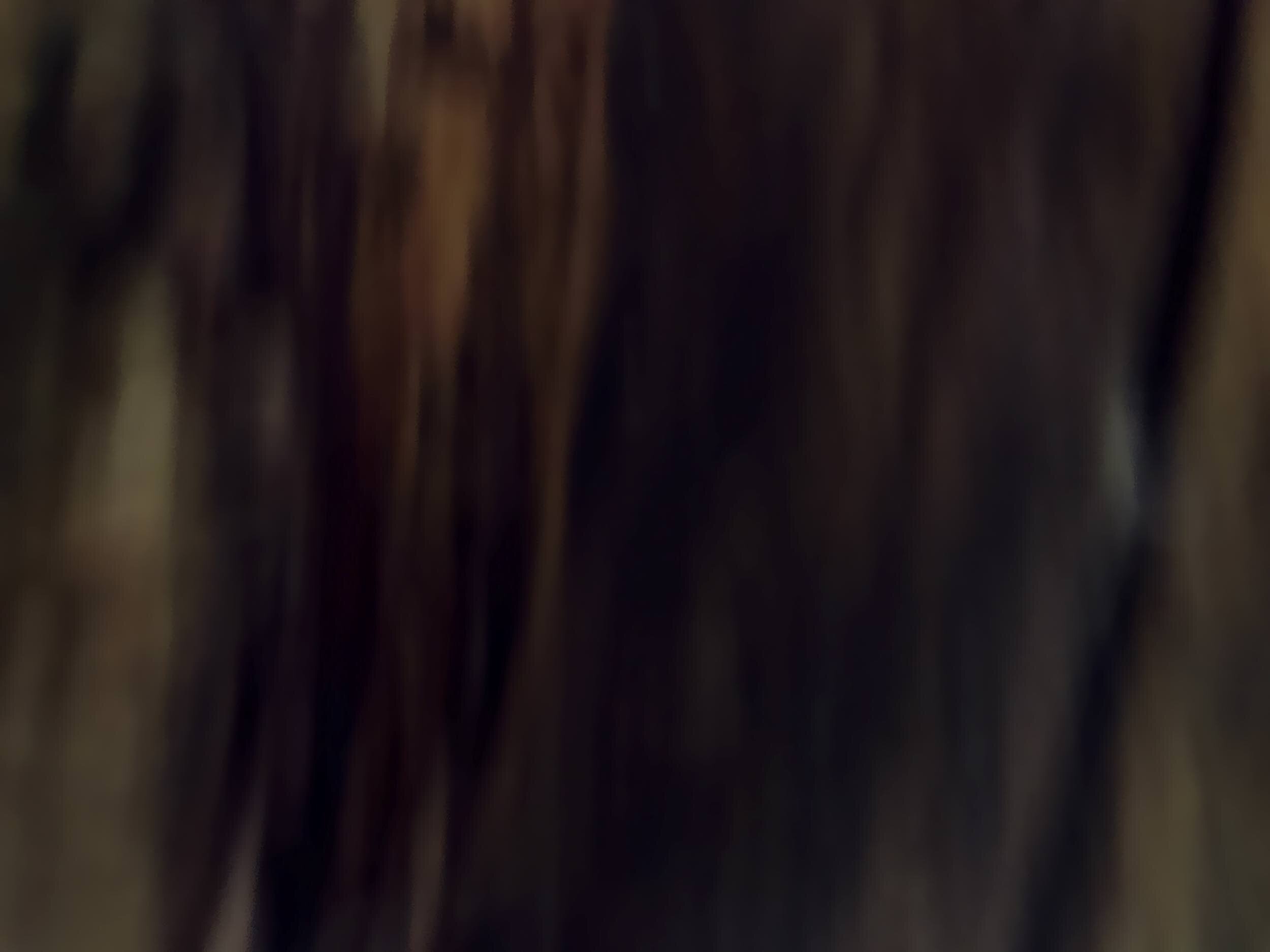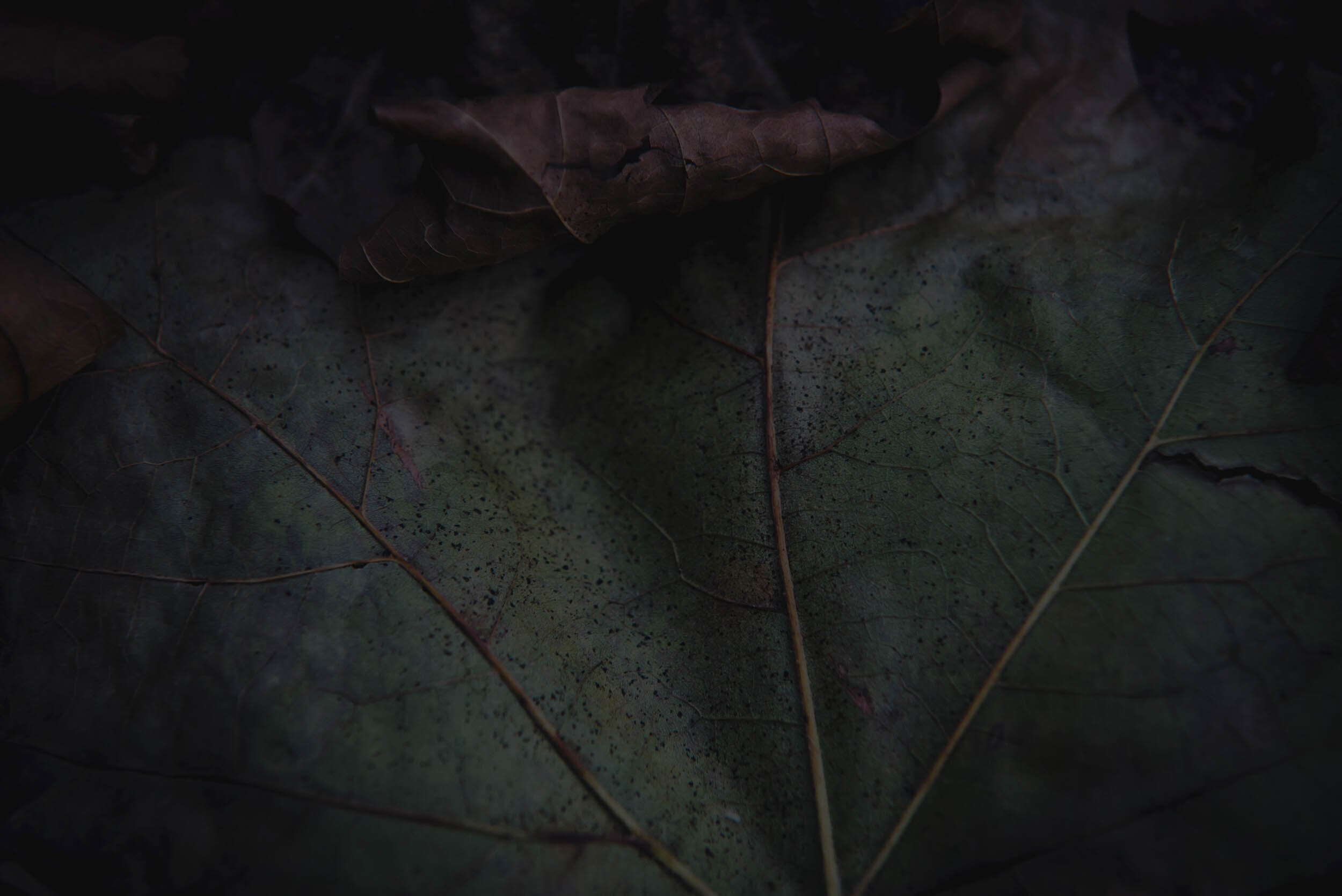
Nordic region’s largest game reserve
On the animals’ terms!
Go on safari at Eriksberg in south-east Sweden and see wild animals in their proper environment. Red deer, fallow deer, Père David’s deer, European bison, wild boar and moufflon freely roam around in this unique nature reserve in the archipelago. The tour goes through a fascinating rocky landscape of oak woodlands, dense hornbeam woodlands and knotty conifers. There is a rich bird life here, and a large amount of water lilies in different colors. Eriksberg was purchased in 1938 by the well known nature film maker and writer Bengt Berg. The area was fenced in as a result of his experiments with deer. The farm environment at Eriksberg is also unique. There are buildings here from five centuries. Among other facilities, they accommodate a hotel, restaurants, conference and exhibition space. At over nine square kilometers, Eriksberg is today one of northern Europe’s largest protected areas for wild life.
Opening hours in the game reserve 2025
As part of Eriksberg's sustainability efforts, we will offer more guided tours and reduce the number of external cars driving around the safari park. For hotel guests, the park is open from March 29 to August 31 for self-driving tours, between 12 PM and 6 PM. Other visitors can book guided bus tours as follows:
June 1 - August 10: Every day at 12:15 PM, 2:45 PM, and 5:15 PM
August 11 - August 31: Every day at 12:15 PM and 2:45 PM
All guided tours must be pre-booked. Booking will open in a few weeks.
When the park closes to summer tourism, access to the safari park is restricted to pre-booked tours with a guide. The café/farm shop Outdoor Eriksberg, the hotel and the restaurant is open every day all year around.
Experiences
Get more out of Eriksberg!
The animals are naturally Eriksberg's foremost attraction, but Eriksberg also offers different activities. For example: beverage tasting, fishing, hikes, jacuzzi, pentathlon, keep-fit measures, climbing and canoes/kayaks.

Download the safari app!

European bison.
“The wisent became extinct from its remaining areas of distribution in connection with the food shortage after the First World War.”
European bison
The wisents are Eriksberg's giants
Number of European bisons at Eriksberg: approx 45
The wisent, or European bison, came to Sweden after the inland ice melted, and was in Sweden for a short period. The wisent stands 180–195 cm at the withers and has a dark brown coat, like the North American bison, with strong shoulders, a hump on the back, tangled mane and short broad face with short horns, a forelock and beard. It roams freely in Europe. The wisent became extinct from its remaining areas of distribution in connection with the food shortage after the First World War. An inventory was made of all the wisents in captivity in Europe, and they were entered in a herd book. Only 56 remained in zoos around Europe.
Genetically, the wisents descend from just 12 animals. In the beginning of the 1930s, a herd book was started for wisents. It is kept in Poland. Now, there are wisents in Europe once more living in the wild in Poland, the Ukraine, Lithuania, Belarus and Romania. Today, the wisents are threatened by inbreeding, and an international project is under way to safeguard wisent stocks. The species has the same horns all its life and it is known as hollow-horned animals, which means that the horns continue to grow throughout the wisent’s life. The bull can weigh up to approx 900 kg. Normally, the wisent lives for about 20 years, but in captivity, it can live for about 25–28 years.
The wisent eats twigs and leaves from different trees and bushes as well as grass, sedge and reeds. Here at Eriksberg, they are happy to eat bark and branches from old felled trees in the winter. The wisent lives in small herds led by older animals. The wisent is sexually mature at approx three years of age. The mating season is normally in autumn and the period of gestation is 250-270 days. Eriksberg has a large herd of adult animals and their offspring. The herd only has one reproductive bull.
Père David’s deer.
“The native Chinese Père David’s deer is our latest addition to the wildlife enclosure.”
Père David’s deer
Native Chinese deer
Number of Père David’s deers at Eriksberg: approx 80
The native Chinese Père David’s deer is our latest addition to the wildlife enclosure. It has been extinct in the wild, and in autumn 2014, 19 Père David deer came here from an enclosure in southern England. After being in quarantine, they were released with the other animals in early summer 2016.
It is similar in size to our red deer but has a different body shape. It has a shorter neck and long narrow head. The deer’s horns can have many tines. The deer loses its horns in November/December. The mating season is in June-August and the calves are born between the end of April and the middle of May. During the summer, the calves stay in groups watched over by one or two hinds.
The Père David’s deer are an important part of Eriksberg’s conservation work to save an animal that has been in the wild and hopefully will be again.
In recent years, a few Père David’s deer have been released into the wild in China.
Moufflon.
“In summer, Eriksberg has a flock of 150–200 animals.”
Moufflon
Eriksberg has one of the purest breeds moufflon sheep
Number of moufflon at Eriksberg: approx 200
The moufflon sheep was introduced into Sweden to be kept in enclosures in the 1930s. Today, they live wild in most counties south of Lake Mälaren. The species belongs to the hollow-horned animals and has the same horns throughout its life. A grown ram weighs up to 50 kg and lives to an age of 10–15.
The males are called rams and the females ewes. The ewe becomes sexually mature at the age of 18 months and can then have one lamb. The mouflfon sheep can be difficult to spot, but if you look carefully where the fallow deer are you may see moufflons among them. The rams can be recognised by their big curved horns, which can grow up to one metre in length.
The coat is reddish brown with dark stripes, and the ram has a lighter greyish white saddle-shaped marking. The coat is short like that of the deer. It does not have a thick woolly coat like most sheep. In summer, Eriksberg has a flock of 150–200 animals.
Red deer and fallow deer.
“The red deer has been in Sweden for almost 10,000 years, though it almost became extinct just over a hundred years ago.”
Red deer
Eriksberg's largest deer
Number of red deer at Eriksberg: approx 250–300
The red deer is the biggest deer at Eriksberg. Old male animals have large and impressive antlers. The male red deer is known as a stag and the female a hind. In summer, the red deer has a reddish-brown coat that turns grey in winter. In the first few weeks, the calves are brown with light spots. The normal weight for at stag is approx 200 kg, and it stands 130–160 cm at the withers. The hind weighs about half that. The animals live to about 15 to 18 years, but can reach 20. The hind often lives longer than the stag.
The stag sheds his antlers in February-March. Right after shedding the antlers, new ones start to grow. The velvet that protects the new antlers is scrubbed off in July-August. The mating season starts in September when powerful bellowing can be heard as the stag tries to scare other stags away from his hinds. He then covers them when they come on heat. During the mating season, the red deer stag does not have much time to eat and loses a lot of weight. The red deer marks his territory with scents using the glands in the forehead.
The hind has her first calf at the age of two to three and usually only has one calf per year, which is born in May. Later in the autumn, after the mating season, the hinds, calves and stags off up to two years old form herds, while the older stags stay in groups of their own. The red deer eats grass, herbaceous plants, leaves, twigs, buds, fungi, beechnuts and acorns. The red deer has been in Sweden for almost 10,000 years, though it almost became extinct just over a hundred years ago. After reintroductions and escaped animals, however, it is now found in most provinces. In the summer, Eriksberg has 350–450 animals.
Fallow deer.
“The fallow deer originates from the Mediterranean countries, and it was introduced into Sweden in 16th century by Johan III, for royal hunting.”
Fallow deer
The fallow deer are both beautiful and graceful
Number of fallow deer at Eriksberg: approx 750
The fallow deer is smaller than the red deer. In summer, the fallow deer is usually brown with lighter patches and a white stomach, but the colour can vary greatly from white to black. The winter coat is a more greyish brown with more or less distinct patches. The tail is dark and clearly visible. An adult buck can weigh up to 100 kg and stands approx 80–110 cm at the withers. The doe is much smaller. Fallow deer can live to an age of about 12–15. The bucks are in their prime at the age of 8–10.
The fallow deer originates from the Mediterranean countries, and it was introduced into Sweden in 16th century by Johan III, for royal hunting. Today, it is found in all of Sweden’s provinces.
The fallow deer, in its different forms, is the most widespread deer in the world. The buck and the doe both make a deep barking sound. They reach sexual maturity at 18 months. During the mating season, which is in October and November, the bucks gather does in a harem and carefully guard them from other bucks. They kick up holes and stay with their does, constantly grunting and snorting. The period of gestation is approx 230 days. The adult buck has large shovel-shaped antlers that it sheds every year in April. Its diet is dominated by fresh leaves and herbaceous plants, and in the winter, it eats bushes, buds, beechnuts and acorns. It also eats pine and spruce shoots in the winter. The fallow deer likes to live in a herd, except old bucks that live alone in groups. The breeding of fallow deer in enclosures was introduced as an alternative agricultural form. In summer, Eriksberg has 700–800 animals.
Wild boar.
“In 1988, the Swedish Riksdag decided that the wild boar should be part of the Swedish fauna.”
Wild boar
An ancient game species in Sweden
Number of wild boar at Eriksberg: approx 250
The wild boar belongs to the cloven-footed animals and is an ancient game species in Sweden. It had its heyday during the Stone Age. The wild boar became extinct in the 18th century but it was reintroduced into enclosures in the 1940s. Escapes have led to wild stocks in southern and central Sweden. In 1988, the Swedish Riksdag decided that the wild boar should be part of the Swedish fauna.
The wild boar is a resilient animal, but very shy and watchful with a well-developed sense of smell and it can smell a human almost one km away if the wind is blowing in the right direction. It has quite poor eyesight, though not as poor as some believe, but very good hearing. Its body is 110-180 cm long and it stands 90 cm at the shoulder. A big boar can weigh up to 250 kg, and it has long, sharp tusks that can grow to 25 cm in length. The coat is brownish black and shaggy, but each hair has a light end that makes it look grey. The body is heavy, the head large and the legs relatively short and thin. The wild boar has very quick reactions and can quickly reach speeds of 50 km an hour.
The mating season is from October to January, and the sow is pregnant for just under four months. The sow can have piglets at any time of the year, but usually has 5–10 piglets in spring or early summer. The sow builds a protective den for her piglets, which are easily recognized by their striped coats, which turn a solid brown after a few months. The wild boar eats most things and often causes serious damage to crops such as potatoes, but it is useful for preparing the ground in the forest as it loosens the soil as it roots for food.
Fruit, crops, larvae, bird eggs and all kinds of small animals are part of its diet. An injured or frightened wild boar can be aggressive, though it usually stays out of the way. A wild boar can live for up to 10 years. The boars usually live alone while the sows and young animals form a herd.
Sea eagle.
“The Sea Eagle is the largest bird of prey in Northern Europe and one of the largest in the world, with a wing span up to 250 centimeters.”
The sea eagle
Natures proof of balance
Thanks to Bengt Berg, we can now enjoy the majestic wing beats of the sea eagle over Eriksberg. He put an enormous amount of work into having the eagles protected, especially through his book “De sista örnarna” (The last eagles) and a film about the eagles, with which he started a debate that resulted in both the sea eagle and the golden eagle becoming protected. In 1960, Bengt Berg published his last book, Örnar (eagles). It was a summary of the first book about eagles and an additional chapter on how he gave the eagles sanctuary at Eriksberg and laid a table for them by feeding them.
The Sea Eagle is the largest bird of prey in Northern Europe and one of the largest in the world, with a wing span up to 250 centimeters. The female is larger than the male.
The Sea eagle is a top predator and a proof that nature is in balance.
Red water lily in Färsksjön.
“Modern genetic research shows that the water lilies are among the most original ‘primitive’ flowering plants.”
Red water lily
Flowers from midsummer until September
In Färsksjön there is one of the world’s biggest stocks of the red water lily, which flowers from midsummer until September. The red water lily originates from Fagertärn in the national park of Tiveden on the border between Närke and Västergötland. The botanist Bernhard Agaton Kjellmark saw the red water lilies on a visit to Fagertärn in 1856 and made them known in his scientific circles. In 1905, all the water lilies in Fagertärn were protected.
Modern genetic research shows that the water lilies are among the most original ‘primitive’ flowering plants. They were introduced here in the 1940s as a reserve if anything should happen to the water lilies in Lake Fagertärn.
There were three reasons for choosing Lake Färsksjön. The lake is suitable for water lilies as it has the right depth and type of bottom, it is in a protected area and it is far from Lake Fagertärn so that the water systems are not in contact with each other.
Pink, white and yellow water lilies also thrive in Lake Färsksjön.
Search & Book Packages & rooms











